Gardenscapes by Joanna LLC


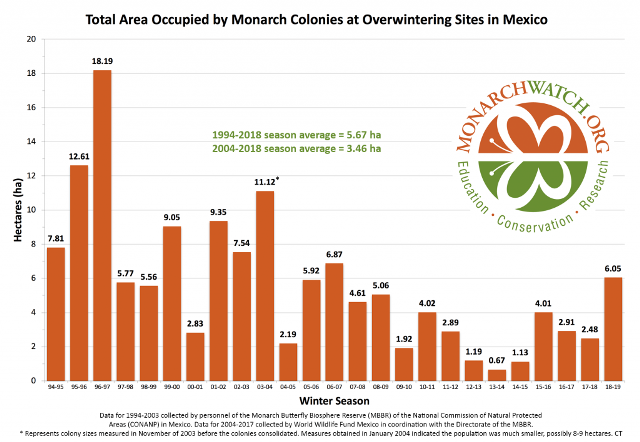
Call or E-mail us today!
Phone: (440) 935-5074
Please call for our landscaping services.
We design and install landscapes, patios and walkways.
Plant a Monarch Migration Station
and Help Save the Monarch Butterfly
Our company is a proud member of these organizations:
Sustainability
(Please click on the links to the left for specific topics relating to Sustainability.)
To sustain means to preserve, to keep in existence, to save...
We encourage everyone to be stewards of sustainability.
There are things we can all do to preserve the planet:
1) Plant Trees
A single tree can absorb and store as much as a ton of carbon dioxide, the greenhouse gas primarily responsible for global warming. The roots of a 4 inch caliper silver maple can eliminate 700 gallons of storm water run off per year.
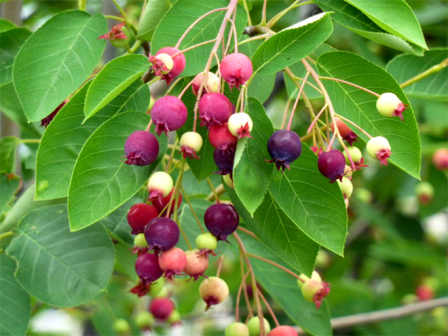
2) Reduce Water
Reducing water consumption by using moisture meters to test whether the plant really needs water, at what depth is the plant dry, and then you can gauge more accurately the length of time you need to water. Watering your garden in the early morning will minimize evaporation by the midday sun. Rain barrels or an inexpensive drip irrigation system can also reduce water usage. Practice turning off the water while you are brushing your teeth.
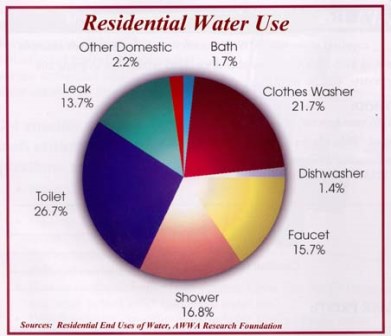
3) Plant Native Plants
Native plants are plants found growing in the wild prior to European settlement. When Christopher Columbus discovered America in 1492, plants that were growing here in the wild are considered a native plant. Natives are plants that adapt to their original habitat and usually require less water, fertilizer and care. They also ensure the important link between pollinators such as breeding birds, insects, butterflies, hummingbirds, bees and other wildlife is not disrupted.
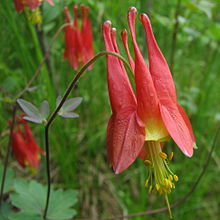
4) Develop A Rain Garden
Reduce storm water runoff which is associated with pollution in our lakes, streams and coastal waters. A rain garden incorporates bowl-shaped areas planted with water-tolerant native plants that capture, absorb the toxins from impervious areas before entering our river, lakes and streams.
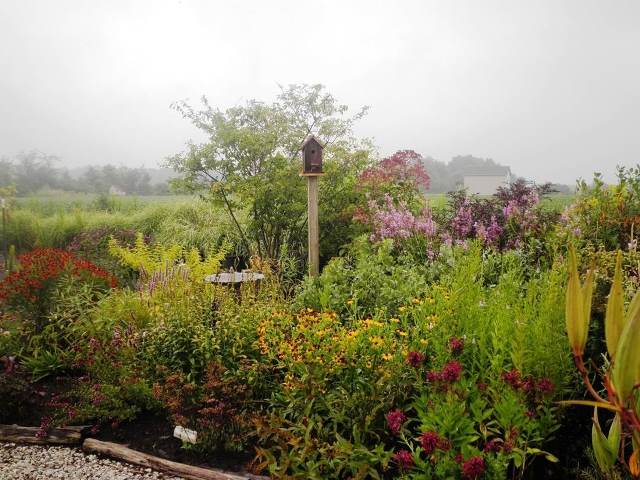
5) Use Permeable Pavers
Permeable interlocking concrete pavers (PICP) are installed with layers of varying-sized stone or aggregate underneath, that filter and direct stormwater to underground aquifers. Permeable paving mimics the way natural land absorbs water.
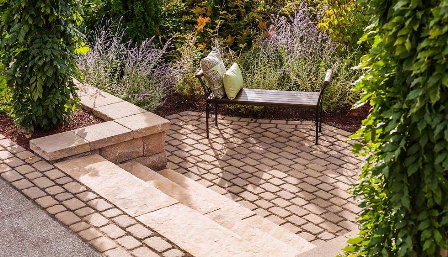
6) Compost
Composting leaves, grass clippings, vegetable trimmings is a great way to keep your soil active with beneficial microorganisms.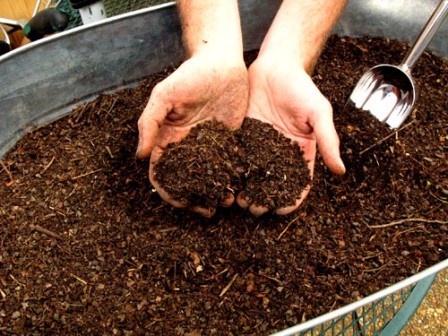
7) Eliminate use of Pesticides
Biologists have found more than 150 different chemical residues in bee pollen. Scores of plants are sprayed with neonics. The chemical penetrates the leaves and is taken up by the plants vascular system, turning the plants poisonous to insects eating the leaves, pollen and nectar. This is lethal for bees and other pollinators.
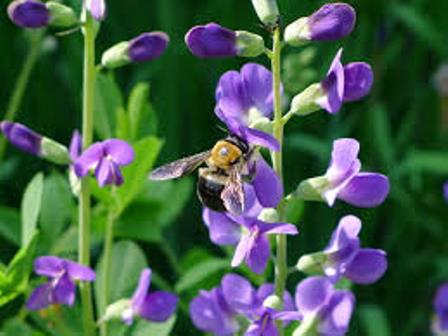
Thank you for visiting our website.
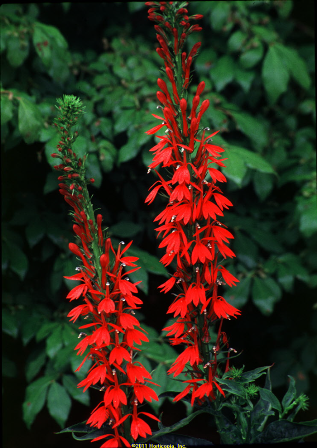
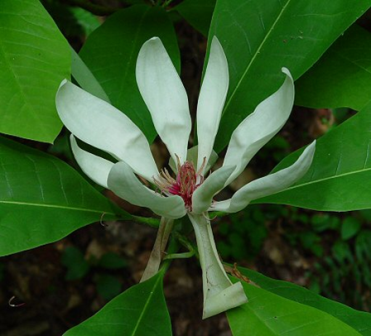
Copyright © 2010





